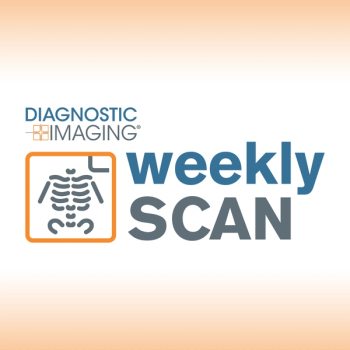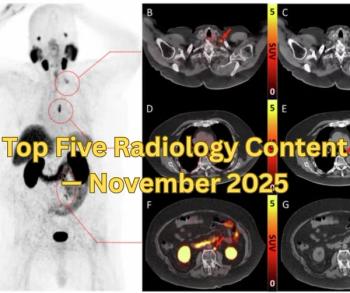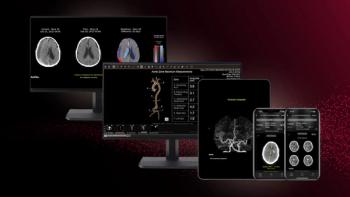
Reporting Guidelines for PET/CT in Oncology Not Being Followed
Greater efforts needed to harmonize reporting practices.
Physicians are not consistently following reporting guidelines for PET/CT scans in oncology, according to a study published in the
Researchers from Germany, Australia, and Austria developed a survey to assess clinicians’ approaches towards reporting
The 28-question electronic survey was active for six weeks and was distributed world-wide. Most (78%) responses came from Europe.
Of all responders:
- 21% were nuclear medicine specialists
- 41% were radiologists
- 22% were dual-board certified
- 9% were residents in either nuclear medicine or radiology
- 5% were medical physicists, radiographers, or oncologists
Aside from questions about responders’ demographics and professional background, the survey asked about the structure and quality of the PET/CT reports including:
- Type of reported information
- Use of reporting standards
- Mix of reporting and presenting experts.
Reports were described as being done according to the EANM/SNMMI 2015 guidelines for 18F-FDG-PET/CT imaging in just over half (55%) of responses, but 30% responders were unaware of these guidelines.
Related article:
The report structures varied across sites with most sites; 38% of sites report PET with supplementary localization information from CT and 27% sites report a CT report with supplementary PET information. One third of the reports include information on the TNM stage of the oncology patient in all reports, while 34% only included it occasionally, while 12% reports only for selected tumors. For reports for therapy response assessments, various well-established criteria are employed ranging from 15% (EORTC) to 57% (Deauville) of cases.
The researchers concluded that there was a broad variation in the PET/CT reporting strategies adopted for oncology studies. There was a widespread lack of awareness that there were existing guidelines for PET/CT reporting. This, the authors wrote, raised concerns as to whether reporting clinicians are optimally using the complementary information from each modality.
Newsletter
Stay at the forefront of radiology with the Diagnostic Imaging newsletter, delivering the latest news, clinical insights, and imaging advancements for today’s radiologists.




























